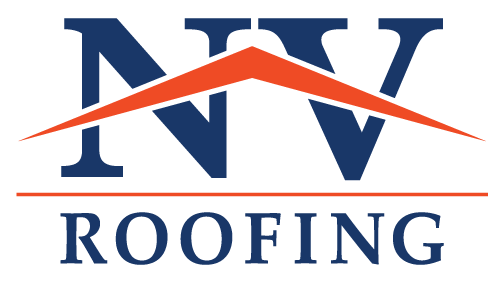New houses being built today follow rigid energy efficiency standards; however, such is not the case for older properties. If you have a house that has been around for decades, one of the best things you can do to make it more energy-efficient is to add insulation. It may no longer be practical to add insulation to your walls, but you can still have them placed in your attic. Once you do, you’ll soon notice that your home will be warmer in the winter and cooler during summer.
Among the many different types of insulation, blown-in insulation provides the most number of benefits. Blown-in insulation refers to insulation products that Alexandria roofing professionals usually spray into attics, wall cavities, and floors. An article written by Benjamin Hardy published at BobVila.com provides information on three types of blown-in insulation you can use for your home:
Loose-fill fiberglass
Loose-fill fiberglass insulation refers to glass that is blown and spun into fibers and installed using a blowing machine. According to Hardy, “Loose-fill fiberglass is suitable for attics and wall cavities and can combat common insulation enemies like mildew, fungus, and moisture.” However, the material has its share of critics saying that loose-fill fiberglass can leave floating particles in a home. To contain fiberglass insulation, homeowners can cover the material with membranes or netting.
Cellulose
Blown-in cellulose insulation has been in the market since the 1920’s. It primarily consists of recycled or recovered newsprint and/or corrugated cardboard that is treated with a fire retardant. “Three main types of blow-in cellulose insulation are used in residential application: loose fill, stabilized, and wall-cavity spray,” writes Hardy.
Spray-in foam
Spray-in foam insulation expands to fill voids and cracks to form an almost airtight barrier. When applied, it can expand to 100 times its volume to effectively seal cracks and crevices. The material’s ability to eliminate air infiltration is its biggest advantage.
So there you have it, the three types of blown-in insulation you can have for your home. If you’ve had enough of the energy efficiency problems your old attic insulation gives you, then talk to an Alexandria, VA roofing contractor like NV Roofing Company about having one of these better insulation types installed.

